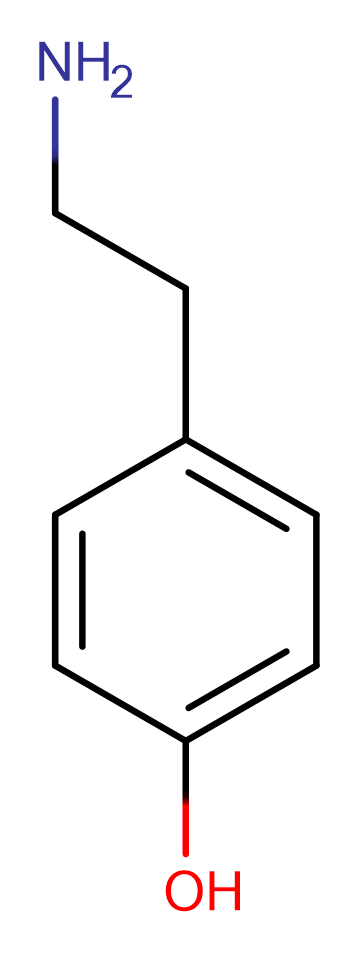
Tyloxapol
CAS No. 25301-02-4
Tyloxapol( —— )
Catalog No. M13750 CAS No. 25301-02-4
Tyloxapol is a non-ionic detergent often used as a surfactant.
Purity : >98% (HPLC)
 COA
COA
 Datasheet
Datasheet
 HNMR
HNMR
 HPLC
HPLC
 MSDS
MSDS
 Handing Instructions
Handing Instructions
| Size | Price / USD | Stock | Quantity |
| 200MG | 27 | In Stock |


|
| 500MG | 41 | In Stock |


|
| 1G | 48 | In Stock |


|
Biological Information
-
Product NameTyloxapol
-
NoteResearch use only, not for human use.
-
Brief DescriptionTyloxapol is a non-ionic detergent often used as a surfactant.
-
DescriptionTyloxapol is a non-ionic detergent often used as a surfactant.
-
In Vitro——
-
In VivoAnimal Model:Twenty-one adult male Wistar rats, aged 11–12 weeks weighing 180-200 g.Dosage:50 mg/kg.Administration:Injected intraperitoneally, BW, every other day.Result:Caused a significant (P?< 0.05) elevation in the levels of TBARS combined with an inhibition of the antioxidant enzymes (GPx, GST, CAT, SOD) in rat plasma, liver, and brain.Induced DNA fragmentation and inhibited the activities of acetylcholinesterase and mono aminoxidase in the brain.
-
Synonyms——
-
PathwayApoptosis
-
TargetNF-κB
-
RecptorNF-κB| LPL
-
Research Area——
-
Indication——
Chemical Information
-
CAS Number25301-02-4
-
Formula Weight137.18
-
Molecular FormulaC70H124O13
-
Purity>98% (HPLC)
-
SolubilityDMSO: 10 mM
-
SMILESNCCC1=CC=C(O)C=C1
-
Chemical Name——
Shipping & Storage Information
-
Storage(-20℃)
-
ShippingWith Ice Pack
-
Stability≥ 2 years
Reference
1.Levine S, Saltzman A. J Pharmacol Toxicol Methods. 2007 Mar-Apr;55(2):224-6.
molnova catalog



related products
-
ABD345
ABD345 is a small molecule inhibitor of RANKL signalling, inhibits TNF-induced NF-κB and MAPK activation and inflammation.
-
Lipoic acid
A multifunction antioxidant that has growth promoting, anti-inflammatory, antioxidative, immunostimulatory, and hypocholesterolemic properties.
-
3-Sialyllactose sodi...
3'-Sialyllactose sodium is a prebiotic with anti-inflammatory activity that maintains immune homeostasis. 3'-Sialyllactose sodium reduces stressor-induced anxiety-like behaviors and can be used in studies of inflammation and arthritis.



 Cart
Cart
 sales@molnova.com
sales@molnova.com


